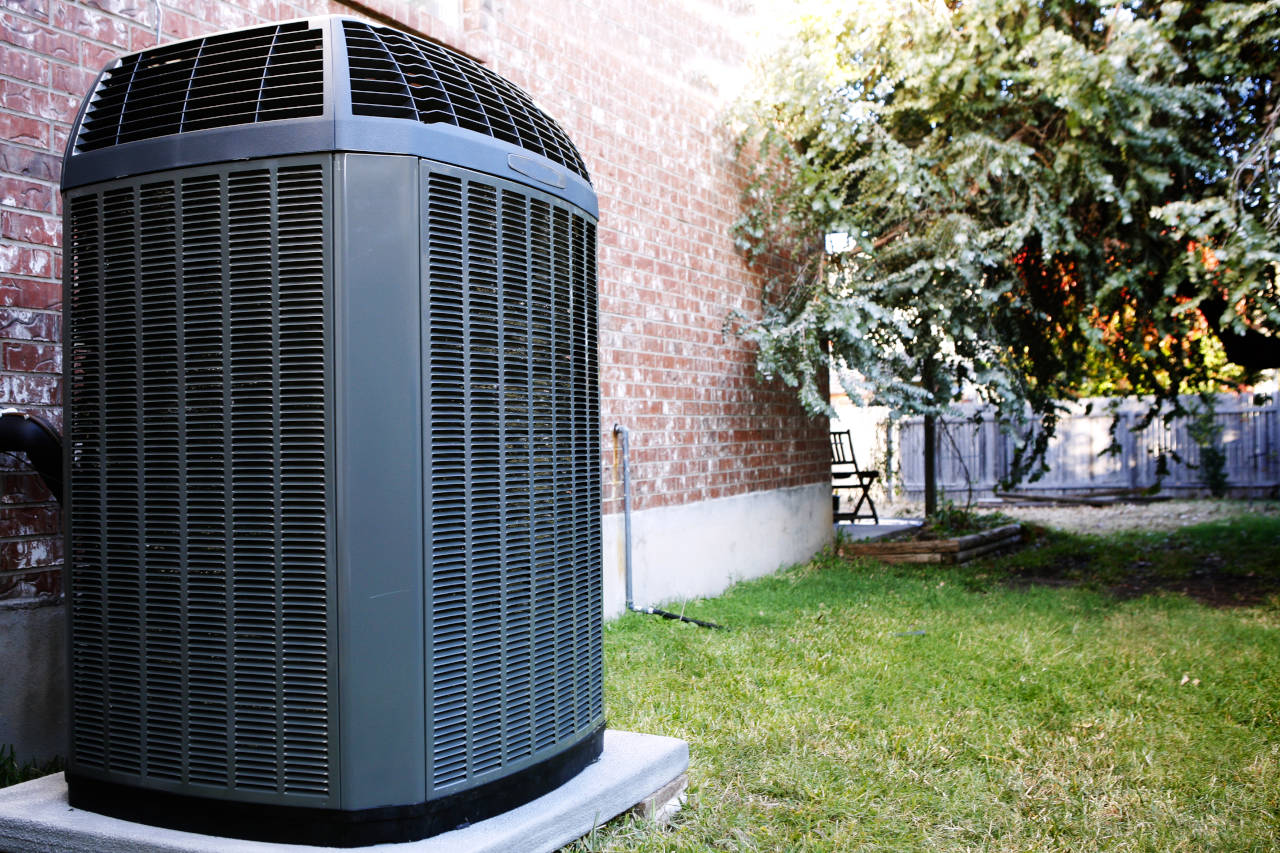Cost to Install a Heat Pump – 2025 Cost Guide
A heat pump looks and works very much like a standard air conditioner during the summer, but during the cold months of the year, it pulls the heat from the outdoor air and into the home to supplement the heating from a furnace.
That sounds great, but you might be wondering how much it costs to install a heat pump.
2025 Heat Pump Costs
Calculate local project costs by entering your zip code.
Custom Location
| National Average Price | $5,600 |
| Typical Price Range | $5,000 - $9,000 |
Get free estimates from contractors near you.
On this page:
How Much Does a Heat Pump Installation Cost?
The price to install a heat pump is usually between $2,500 and $10,000. The national average is $6,500 for the project.[1]
The price varies depending on the type, brand, and size in British Thermal Units (BTUs) needed to heat your house. The price is also driven by the cost of labor in your area.
Air source heat pumps are the most common, and dual fuel units tend to cost the least, while geothermal heat pumps have the highest costs for installation.

Rebates & Tax Breaks
Before you tell yourself you can’t afford a new heat pump, you must look at how much you can save with this energy-efficient unit for both heat and air. Heat pumps reduce both carbons and costs. Plus, many power companies, municipalities, and states offer rebates and tax breaks for installing a heat pump.
The best reference for savings is the Database of State Incentives for Renewables & Efficiency[2]. You can also check the EPA Energy Star[3] and the IRS Energy Incentives[4] websites for the latest tax credit information. Then, when you decide on a specific brand, check the manufacturer’s official website for more possible savings.
BTU Requirements
The size of the heat pump in BTU will impact the price of the unit. To calculate the BTU requirements of your home, try our BTU calculator. Our square footage calculator will also be useful to determine the size of the unit, which is based on the region you live in and the size of your home in square feet.
Although you must consider your geographical area and home’s square footage, those figures alone will not give you an accurate assessment. The heat pump you install should meet the maximum estimated demand of either the heater or air conditioner, depending on your climate zone.
A heat pump that is too small will run continuously, trying to heat or cool your home. A heat pump above what is needed will heat or cool your home too fast and have to shut down quicker, only to come back on minutes later.[5]
You must also assess how airtight your home is to accurately assess air conditioning needs, as well. Then, match the seasonal energy efficiency ratio (SEER) and heating seasonal performance factor (HSPF) to your home’s energy usage.
HSPF & SEER Explained
The HSPF is a leading indicator of the unit’s heating proficiency, or the total heat output.[6] However, the higher the HSPF number, the higher the price.
The SEER indicator is the same as HSPF, only for cooling. Heat pumps have a minimum SEER2 requirement of 14.2 but can be as high as 42.
Look at your energy bills for the previous year to determine which you spent more on, heating or cooling. Another indicator you should consider is peak usage.
If you currently have an electric furnace, look for the highest kilowatt-hour usage. If you use more heat than air, you should consider an HSPF rating of eight or higher to get the maximum efficiency.
Heat Pump Types
There are basically two types of residential heat pumps: geothermal and air-source. There are other choices, but these are the two most commonly installed in homes. A geothermal heat pump is buried and takes energy from the ground, while the air-source pump most often gets installed outside and pulls energy from the air.
Ground-Source
The geothermal heat pumps are ground source units that transfer heat from the ground to your home and the heat from your home back into the ground during the summer months. These are usually more expensive to install than an air-source heat pump. Geothermal units run around $9,000 to $35,000 installed, with an average cost of $22,000.
This added expense is due primarily to the necessary excavation and in-ground pipes. However, this unit will pay for itself much quicker than an air-source pump.
Plus, many geothermal heat pumps qualify for residential tax credits for choosing renewable energy.
Air-Source
Air source heat pumps move heat from the air outside into your home – even in very cold weather. In the summer, they move the heat out of your home to cool it.
They run on electricity but use considerably less than electric furnaces. New air-source heat pumps can even operate in very hot or very cold climates, making them an energy-efficient alternative to traditional furnaces in all areas.
They cost between $6,500 and $13,000 to install, depending on size. Keep in mind, though, that you can use dual-fuel versions that work with traditional HVAC systems. These have a lower starting cost of around $3,000.
Ductless mini-split air source heat pumps have starting costs around $2,500 because they are easier to install. You can also choose a solar air source heat pump to eliminate electricity altogether. These cost between $17,000 and $32,000 to install.
Installation Costs
The average installation time to install the heat pump is 15 hours, depending on what needs to be done. Labor costs average around $100 to $250 per hour per person, or about $1,500 to $5,000 for the project.
The cost of labor will vary depending on the region you live in and the contractor you select for the project. The time it takes to install the heat pump varies depending on the complexity of the project. Some contractors will charge a flat rate for the project, while others charge by the hour for actual time spent.
Try our contractor locator to find experienced HVAC contractors in your area and get several free quotes.
New vs. Replacement Heat Pump
When you are replacing an old heat pump, the costs can be much less. This is especially true if you use the same type of unit and no further excavation, pipes, conduit, or electric wires are necessary. Labor to replace a heat pump is often much less than a new installation and usually takes four to six hours.
A New Heat Pump vs. a New Furnace & Air Conditioner
With incentives and tax credits, you could save a substantial amount of money by installing a heat pump over an HVAC system or electric furnace and central air. The heat pump can perform the function of both a furnace and air conditioner.
However, when you need information and prices for repairing a furnace, check our furnace repair guide, or air conditioning repair guide.
All pricing information on this page is based on average industry costs, and is subject to variance for project-specific materials, labor rates, and requirements.
References
- HVAC.com, What is a heat pump?, https://www.hvac.com/discover/heat-pump/
- Database of State Incentives for Renewables & Efficiency, https://www.dsireusa.org/
- EPA Energy Star, https://www.energystar.gov/about/federal_tax_credits
- IRS Energy Incentives, https://www.irs.gov/newsroom/energy-incentives-for-individuals-in-the-american-recovery-and-reinvestment-act
- Heat Pumps HQ, Why Proper Heat Pump Sizing is Important – Basic Guide, https://www.heatpumpshq.com/heat-pump-sizing.html
- Goodman Air Conditioning and Heating, What HSPF Means for You?, https://www.goodmanmfg.com/resources/hvac-learning-center/before-you-buy/what-hspf-means-for-you


